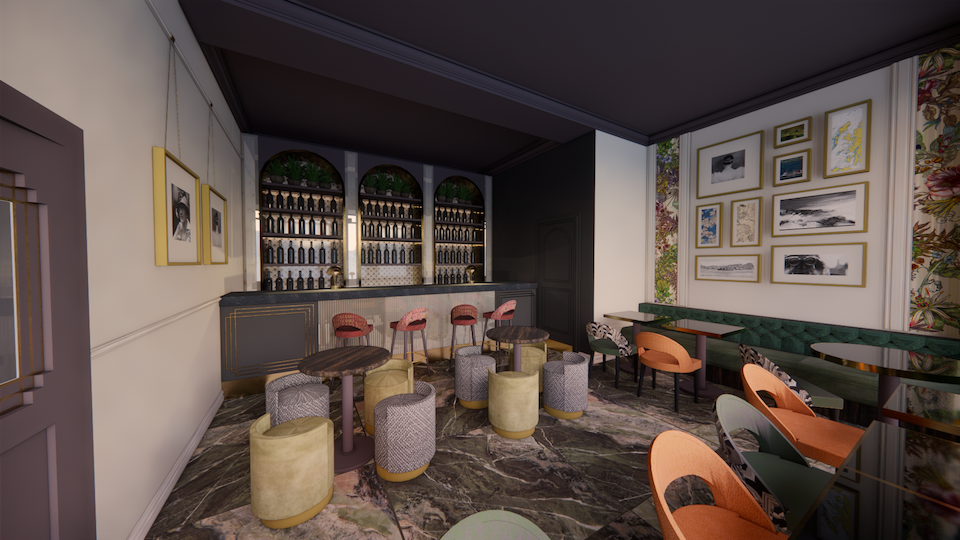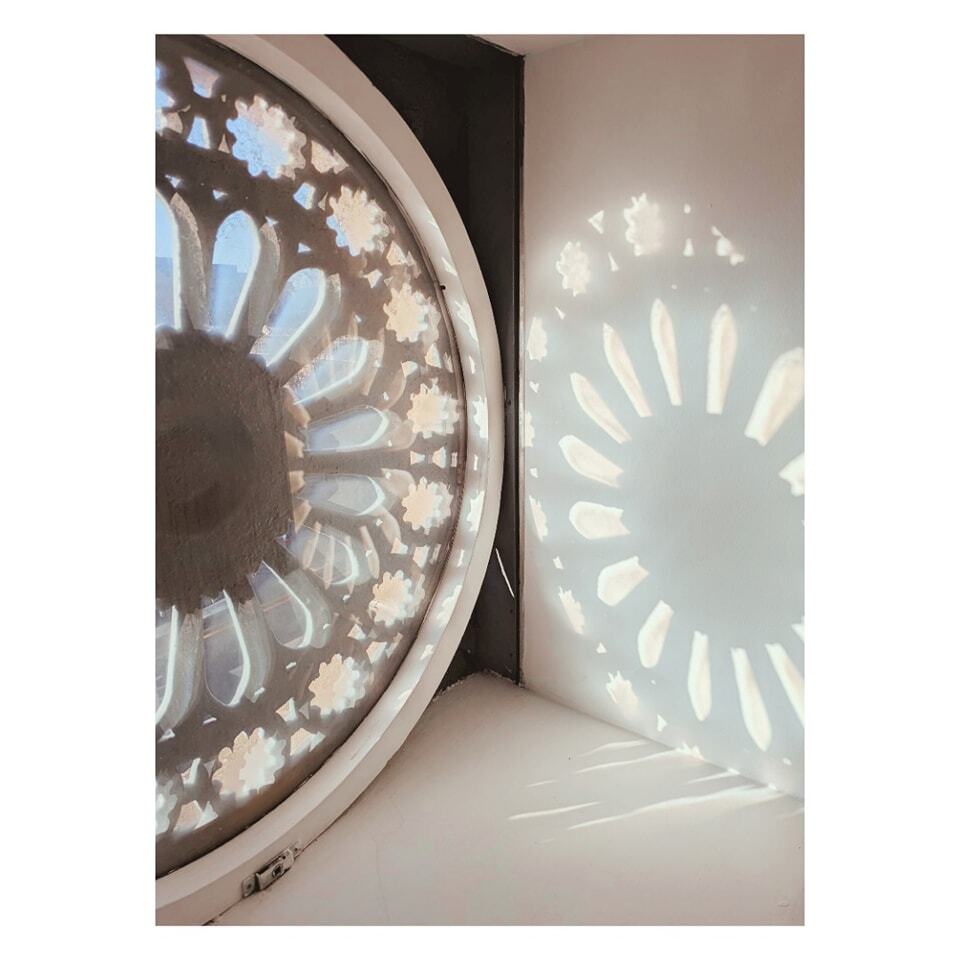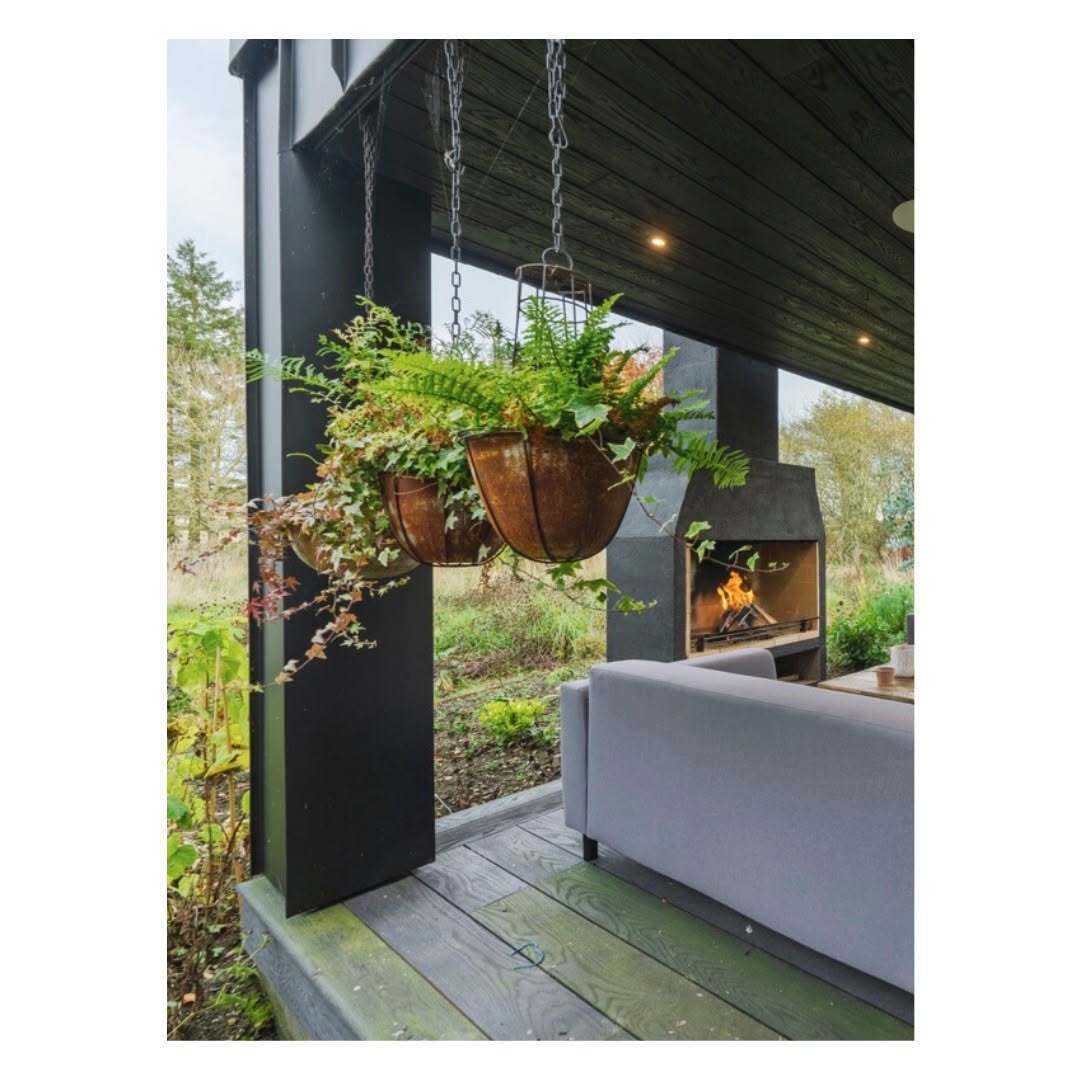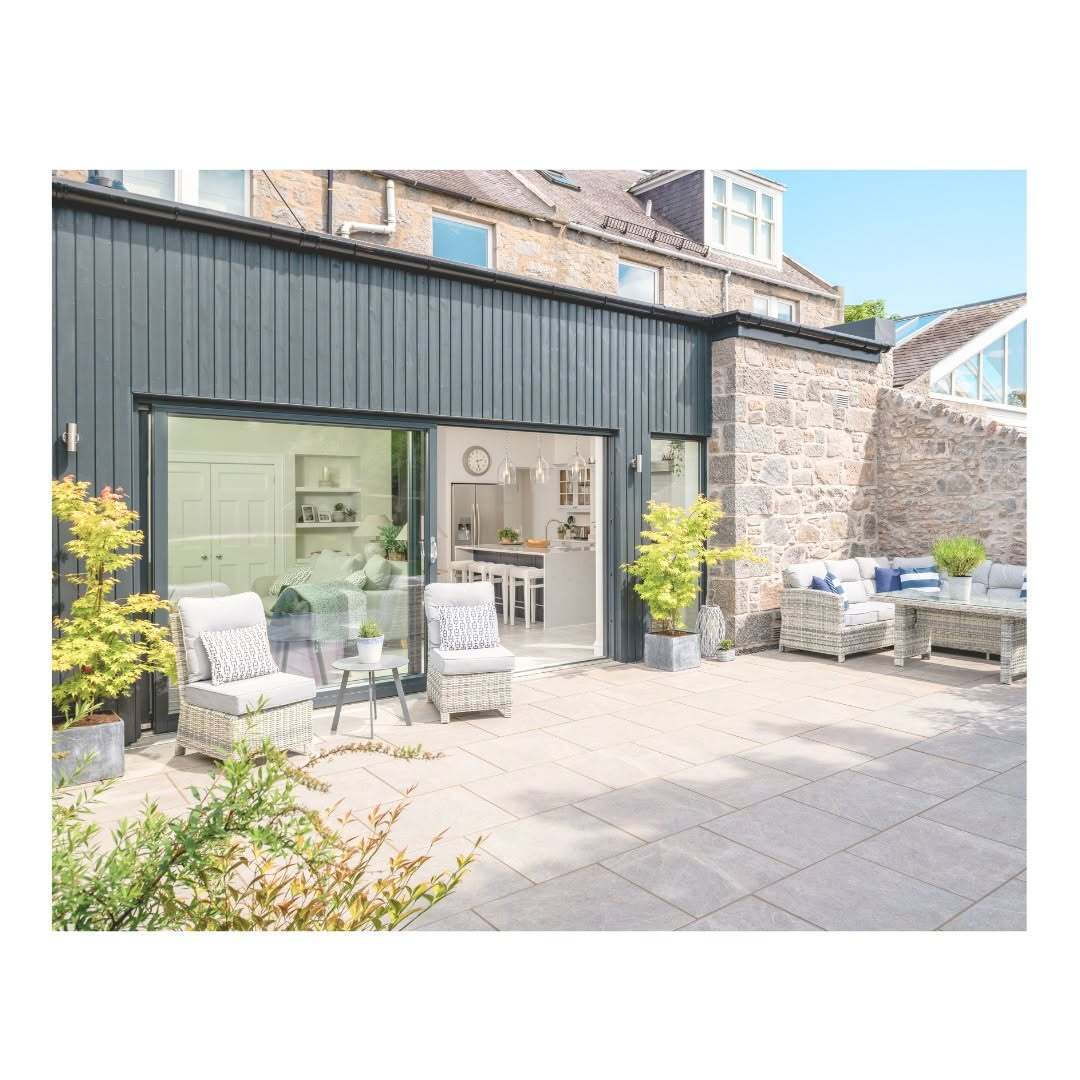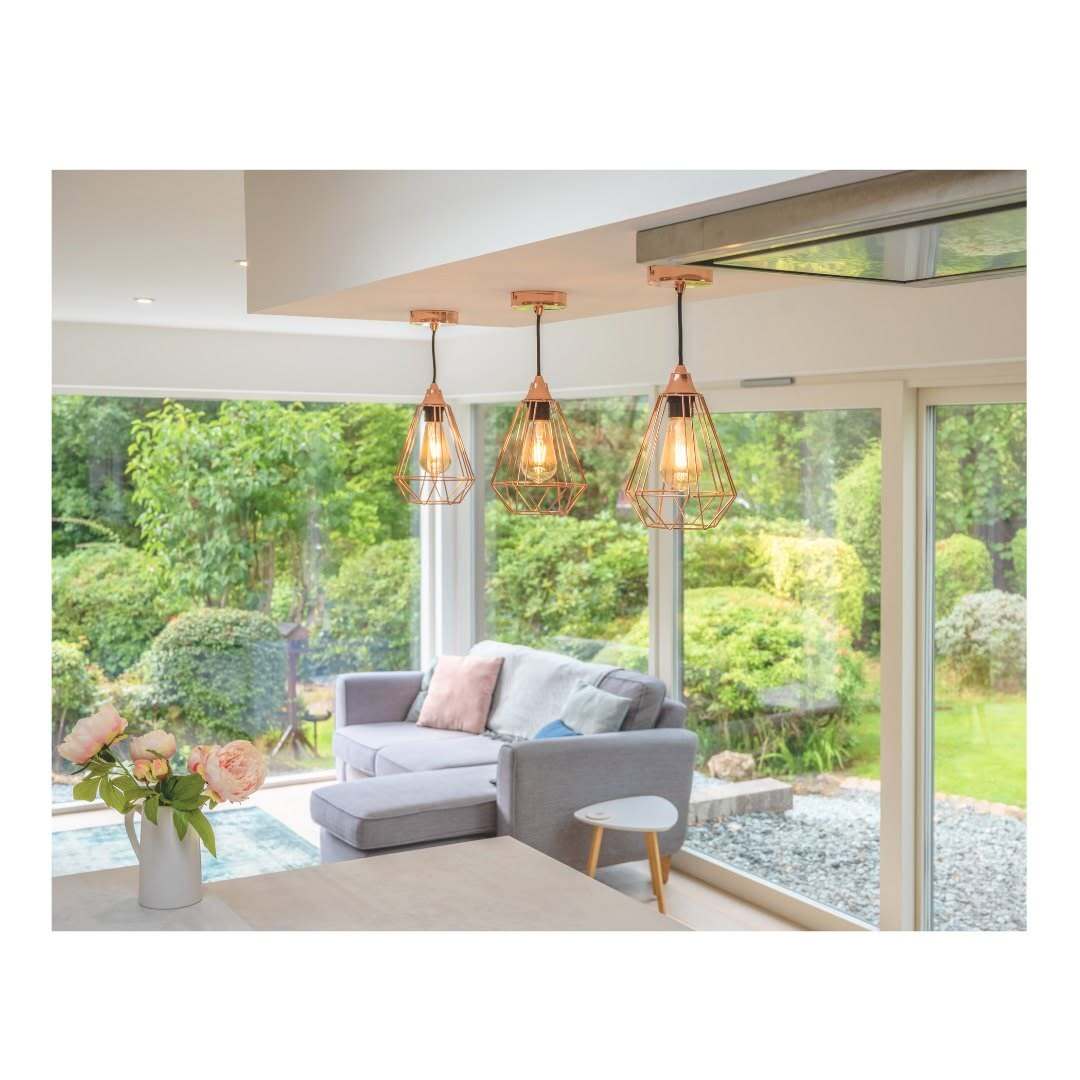It's Not Just Cushions - A Q&A with our Interior Designers

We sat down with Team TINTO interior designers, Lizzi Nutt and Neha Mahajan to share some of the insight behind the bespoke interior design service we provide our clients.
What is interior design?
Lizzi Nutt: It's not just cushions, it's everything. It's enhancing an interior space aesthetically as well as functionally. We have to bear in mind building regulations and standards while making sure that the design meets the client’s aesthetic desires.
It’s also about improving individual spaces, and that's the bit I enjoy about it; we can improve people’s lives by improving their spaces.
Neha Mahajan: Interior design for me is the art of enhancing the interior of a building to achieve a healthier and more aesthetically pleasing environment. It's about having an eye for detail, a natural understanding of colours, the vision the client has, and intuition about space, harmony, and balance.
What excites you about interior design?
Lizzi Nutt: I really like to meet people and that's the key to creating a space that works for your client. Whether it’s a residential or commercial once we know and understand the client we can create beautiful bespoke interiors for them.
Neha Mahajan: I've always been inspired by beautiful design, that looks aesthetically pleasing and the way it can transform a space. I also love the process of working with clients to help them realise their vision for their homes and we play a role in bringing those ideas to life. It's very rewarding to see the finished product.
What's the starting point for any interiors project?
Lizzi Nutt: Having that first conversation with clients and finding out what makes them tick and what they'd like to achieve, I like creating that rapport with new people. The starting point is just the person, getting to know them. You need to know quite a lot about the client, especially if it’s a residential project, to make it work properly.
And then, for commercial spaces, you need to know in detail how the client is going to do business and who's going to be using the space. So we do the research for that first and really get to know the brief before coming up with any cool designs.

Is the client almost more important than the space?
Lizzi Nutt: Definitely, we need to know the client and their objectives which will enhance what the space will become. The space can be totally different every time.
Neha Mahajan: A few stages follow our initial with meeting the client. We start with a design brief to find out exactly what the client wants, and what their vision is for the space. Then once we know what they’re looking for we’ll develop a visual inspiration, from there we move on to mood boards and a colour palette and then into the technical bits of the project.
Do you go to the initial client meeting with ideas or do you wait for the client brief and then take inspiration?
Lizzi Nutt: It can totally depend; you can’t help but go to a meeting with ideas, especially if you’ve already been given a brief. I think you should just loosely hold inspiration in your mind, and then that is going to evolve once you've met the client.
Does the interior design team get involved in the architecture process?
Lizzi Nutt: A hundred per cent. On most of the jobs I work on, I’ll plan the layout for the space and then speak to the architects and discuss how we can make it work. The architects will usually have a better understanding of the building regulations and therefore we’ll check the design with them to ensure it’s possible. Sometimes, there might be some back and forth, but we’re always having a conversation with the technically-minded people to try and make something work for the client.
Neha Mahajan: For me, it depends on the type of project. If the architects are working on new builds, extensions or renovations, or if there are certain areas where we can bring character to an interior space, then we’ll step in and work with them on it.

Okay, so you've had the initial client meeting. What happens next?
Lizzi Nutt: It’s totally dependent on the project, every one is different. We’ll look to work up the concept; it might be 3D models or elevations, coloured floor plans, mood boards or a look-and-feel document. Sometimes we’ll do all of these and it’ll make up a concept document.
We’ll take this to the client, and when they’re happy with it, we’ll then start creating a tender document which details everything that we’ve conceptually designed, including detailed drawings and a finishes pack which can then be packaged up and sent to contractors so that it can be priced.
Why is mood boarding so important?
Lizzi Nutt: There are different ways you can do a mood board; there’s a look and feel, digital mood board which will bring in different inspirational images and these set the scene for the client. Then there’s material boards which can be done digitally or physically giving the client an understanding of all the finishes coming together.
They’re so important because it brings everything onto one page and you can see how the different elements work together. If it's a physical board clients can take it away and put it in the actual space to see if the colours work for the natural light that they're getting in that room.
Neha Mahajan: Mood boarding is important as I feel when we create a mood board, we know that we are intentionally creating a thoughtful design, which is important for any project. It can also be difficult to share ideas verbally, so a mood board can help us share and communicate ideas accurately. A mood board provides visual clarity for our clients and us as designers. They’re a valuable resource.

How do you keep ideas fresh and unique for each project?
Lizzi Nutt: People are unique, and that's it. You never get two people the same, so as long as you listen to the client each project is going to be different.
What's the difference in the interior design process for a residential project versus a commercial project?
Lizzi Nutt: Residential projects are really, really personal and you need to listen to the client's every wish. For example, you need to know what key pieces of furniture they want to include in their home. Is there a rocking chair they got from a grandparent? You need to know their routine and hobbies; do they read? If they do, and read in the evening, maybe you could take that rocking chair and put it in a westerly window so that they’ll get the evening sun. It's just incredibly personal, you need to throw out of the window your idea of what a space may be and listen to theirs.
A commercial project is much less personal. It’s more important to know how the client will use the space for their customers. You need to have a commercial mindset and if the client comes to you with an outlandish idea, you have more opportunity to say ‘maybe that’s not the best way forward’ and have more of a commercially focussed and practical discussion. It’s a different ball game.
What is something we might not know about the interior design process?
Lizzi Nutt: That it’s not just cushions and paint colours. We specialise in space planning and will create detailed drawings of every little piece, from bespoke joinery to wall finishes. We’re involved from the beginning to the end of a project and select everything from furniture and lights to the moulding that goes on the walls, door furniture and grout colour. We’ll do this and package it into a detailed document which can be given to the contractor and gives them a guide to how to do everything for this project in minute detail.
Neha Mahajan: Interior design is not simply picking out furniture and putting it in the space. It’s really considering who lives in or uses the space; we’ll consider the durability of the furniture and how it’s going to be used, as well as understanding the styles the client is drawn to and coming up with a complete plan to bring that into the space.
What's your favourite part of interior design?
Neha Mahajan: I love the creative process followed by the technical details - I truly enjoy everything about it. It's therapy for me and something I will never get bored of. Leveraging the knowledge of layout and space planning, colour palettes, furniture, and decor, and then getting into the technical bits and seeing those ideas come to life, is so satisfying.
Lizzi Nutt: I love everything about it, the people, the designs. I used to draw floor plans as a kid and I still have a folder of magazine clippings from home magazines. I was always going to do this as a job.
Do you have a favourite project you've worked on or a project you're particularly proud of?
Lizzi Nutt: Last year, we worked on a hotel in Oban, and it’s a beauty. It was cool because the clients gave me a very flexible but challenging brief. I used to get the train up to Oban and just think ‘I can’t believe I get to work on this’. The ideas we came up with worked well and it was beautiful. It was a good project with good clients and a good brief. You can’t ask for more.
Neha Mahajan: At the moment we’ve recently completed 3Ds and technical drawings of a residential project, and we’re looking for contractors for it at the moment. It’s been a really exciting project, and one I’m looking forward to bringing to life. I’ve also been really inspired by Lizzi’s project in Oban.
